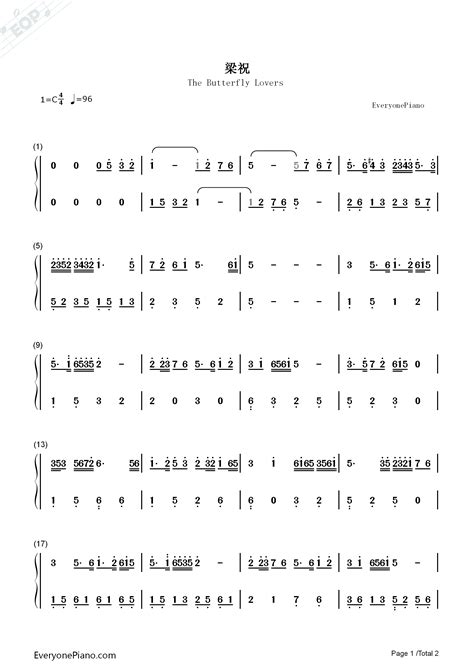梁祝音乐主题出现了几次
Exploring the Musical Themes of Liang Zhu
Liang Zhu, also known as the Butterfly Lovers, is a classical Chinese love story that has been adapted into various art forms, including music. The tale of Liang Shanbo and Zhu Yingtai has inspired numerous composers to create musical compositions that capture the essence of their tragic romance. In this exploration, we delve into the musical themes of Liang Zhu and examine how they are expressed across different genres and cultures.
Traditional Chinese music has a rich history of interpreting literary classics, and Liang Zhu is no exception. The guqin, a sevenstringed zither, has been used to evoke the melancholy and longing of the lovers' separation. The delicate plucking of the strings mimics the fluttering of butterflies, while the mournful melodies convey the depths of their unfulfilled love.
In addition to the guqin, other traditional Chinese instruments such as the erhu, pipa, and dizi have been employed to tell the story of Liang Zhu through music. These instruments are capable of expressing a wide range of emotions, from joyous anticipation to heartwrenching sorrow.
The story of Liang Zhu has also inspired Western classical composers to create symphonic works that incorporate elements of Chinese music. One notable example is the "Butterfly Lovers' Violin Concerto" by He Zhanhao and Chen Gang. This concerto, composed in 1959, combines Western orchestration with Chinese melodies to create a captivating fusion of East and West.
The concerto follows the narrative of Liang Shanbo and Zhu Yingtai, with each movement depicting a different stage of their love story. From the tender sweetness of their blossoming romance to the tragic inevitability of their separation, the music captures the essence of the original tale while showcasing the composers' mastery of both Chinese and Western musical traditions.
In addition to traditional and classical renditions, Liang Zhu has inspired numerous contemporary musicians to create their own interpretations of the story. From pop ballads to experimental electronic compositions, artists from around the world have drawn inspiration from this timeless tale of love and sacrifice.
Some contemporary musicians have incorporated elements of traditional Chinese music into their work, blending ancient melodies with modern production techniques to create a sound that is both familiar and innovative. Others have taken a more abstract approach, using Liang Zhu as a thematic framework to explore broader concepts of love, loss, and redemption.
When interpreting the musical themes of Liang Zhu, it is important to consider the cultural and historical context of the story. Understanding the significance of the characters, their relationships, and the societal norms of the time can enrich the musical experience and deepen the emotional resonance of the performance.
At the same time, musicians should feel free to bring their own unique perspectives and artistic sensibilities to their interpretations. Whether staying true to the traditional melodies or taking creative liberties with the source material, the goal is to capture the essence of Liang Zhu in a way that speaks to the hearts of listeners.

The musical themes of Liang Zhu offer a rich tapestry of emotions and experiences that resonate across cultures and generations. From traditional Chinese melodies to Western classical compositions to contemporary interpretations, the story of Liang Shanbo and Zhu Yingtai continues to inspire musicians around the world to create music that celebrates the enduring power of love.
